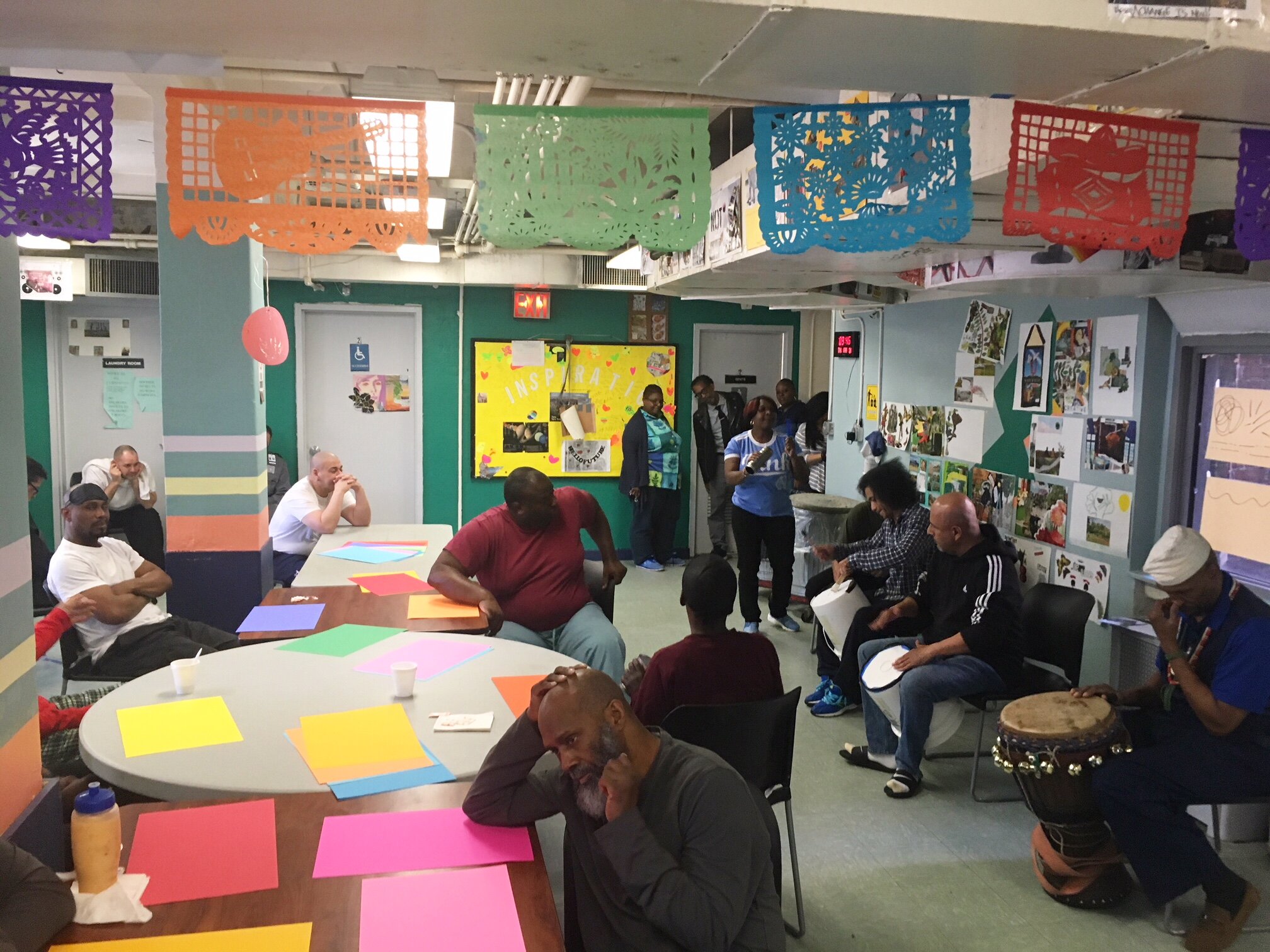Color is fundamental to our experience of the world. Color isn’t just decoration, it’s a biological experience. We read color physically and emotionally; we process these colors in the unconscious brain so quickly, that we feel their impacts before we have the words to describe them. Color plays a critical role in determining our mental, physical and social well-being, thereby making it an integral instrument for creating restorative spaces. However, color’s capacity to improve our health and quality of life has largely been overlooked in the institutions where people are confined to live.
Institutions where people are kept, whether hospitals, homeless shelters or prisons are spaces of crisis. Ironically, their design, often sterile, unfriendly and isolating, is such that proposed rehabilitation programs within them can be made ineffective, even to the point of exacerbating the existing traumas of those within. Crucially, the very people trapped in cycles of poverty and incarceration, forced to navigate an urban ecology of dehumanizing rooms and isolating living conditions, are those who have the least power to modify their environments. Color Connects tries to ameliorate this by demonstrating how color can be used as a tool for resistance and collective empowerment in times of crisis.
Color Connects demonstrated the power of color as a tool for restoring connection to ourselves, to each other and to our surroundings through a series of collage workshops I facilitated with the clients on the non-medical detox unit at Project Renewal’s Third Street Men’s Shelter. These workshops culminated in a collective color intervention within the space.
The workshops focused on themes of justice, beauty, trauma and color and revealed incredible insights about the lives, struggles and imaginations of the clients. Through conversation, negotiation and collaboration, the clients chose the colors for the walls and we painted them together.
When chosen collectively, color can facilitate a reimagining of the function and feel of communal environments. When chosen and painted by the community——color becomes a powerful tool for achieving a sense of control, belonging and pride of place. The process of choosing colors collectively requires debate, negotiation, cooperation and collaboration— essential skills for building meaningful connections to each other and for successful re-entry into public life.





































